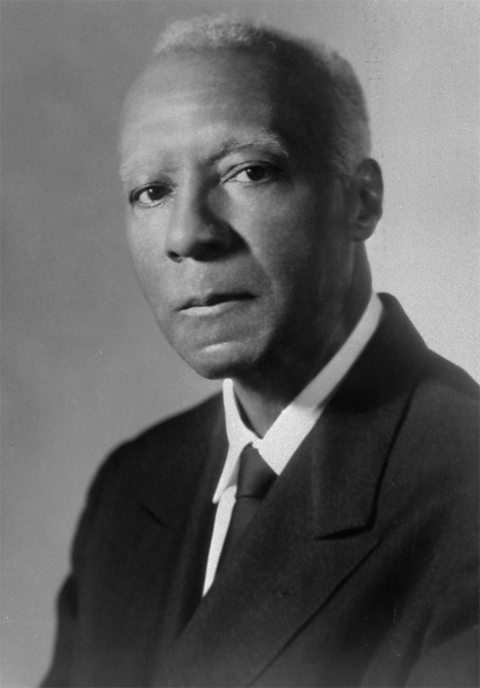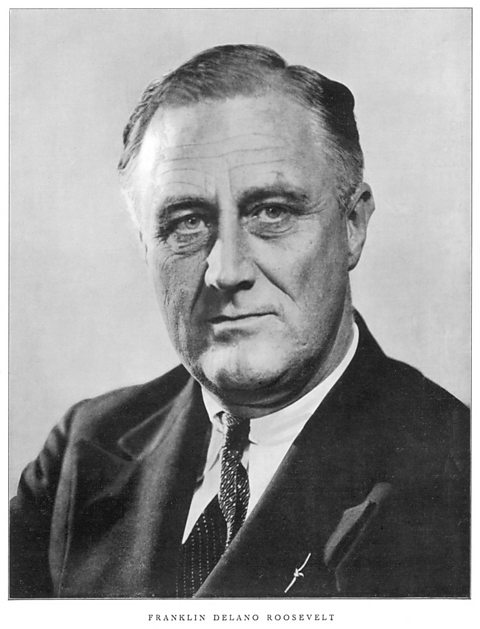Growing demand for civil rights after 1945
Reason for growth
The 1940s was an important decade in the campaign for civil rights. Many of the events that occurred in the 1950s and 1960s took inspiration from developments in the 1940s.
Asa Philip Randolph

Asa Philip Randolph founded and became the leader of The Brotherhood of Sleeping Car Porters (BSCP), an African-American trade union. Randolph fought for equal rights
Randolph and his fellow porters were low paid, worked long hours and had to rely on passengers tips to supplement their income. Their employers refused to listen to the porters concerns.
In 1937 the BSCP won improved pay and conditions.
Randolph went on to be a prominent campaigner for equality during World War Two.
The тDouble Vт campaign and Executive Order 8802
Many African American servicemen in the US military supported the Double V campaign during World War Two. They demanded civil rights at home in the USA.
Randolph called for equality in the defence industry and the US military. He threatened a mass demonstration in Washington unless his demands were met.

Roosevelt recognised that he would need the support of the African Americans, in case America entered the War.
Due to this, he issued Presidential Order 8802. It stated that, There shall be no discrimination in the employment of workers in defence industries and in government, because of race, creed, color, or national origin
.
The Congress on Racial Equality
The Congress on Racial Equality (CORE) was formed in 1942 by James Farmer.
CORE tried using non-violent protest as a means of gaining publicity for increased civil rights.
In 1943, they used this tactic when staging their first тsit-inт in a Chicago restaurant.
CORE supported a тJourney of Reconciliationт through Southern states in 1947 to test the Supreme Court decision banning segregation on interstate transport.